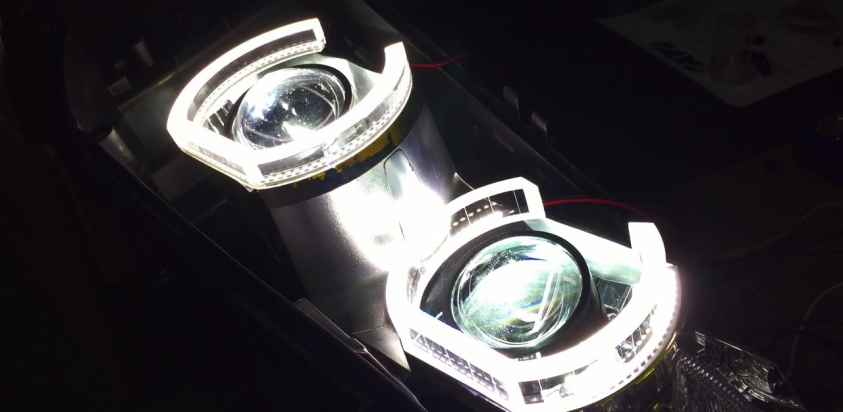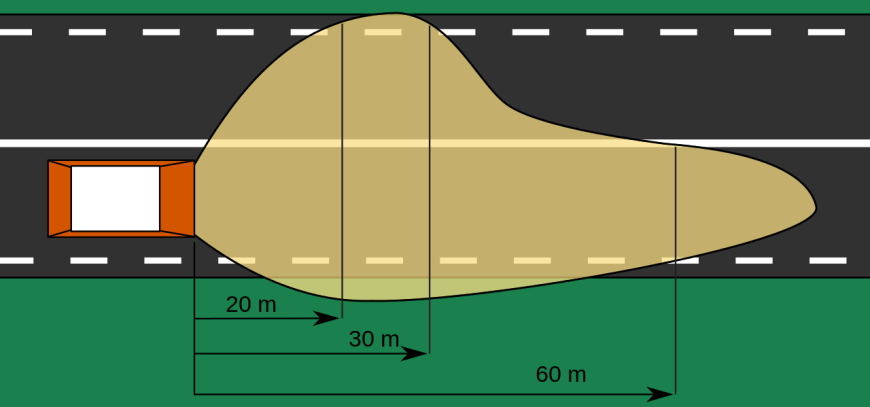The two terms, high beam and low beam are often used interchangeably, but there is a difference in how they affect visibility. High beams project light that illuminates the ground ahead of you, making it difficult for other drivers to see you coming, so they will take extra precautions when driving near you. Low beams, on the other hand, allow your car’s headlights to better reflect off objects in fronts of you like signs and animals so that they are easier to see. The best way to know which type of headlight setting is right for your situation is by checking your vehicle owner’s manual or consulting an expert at a local auto parts store.

High beam vs. low beam headlights
Ever wondered what the differences were between high beam and low beam headlights? Low beams are used in situations where you want to avoid blinding oncoming traffic, such as when driving at night. High beams light up more of the road ahead of you, making it easier to see farther away objects. The difference is about how far they reach into the darkness.
Bulbs for high and low beams
You may not have realized this, but did you know that there are different bulbs for high and low beams? The bulb in your headlights is the one that illuminates the road ahead of you. When driving at night, it’s essential to use a headlight with a low beam setting so you can see what’s in front of you while also making sure other drivers can see you coming. High beams should only be used when traveling on roads without obstacles or traffic because they shine brighter than low beams and blind oncoming vehicles. Changing your high-beam bulb to an H7 halogen will provide more light output than standard lamps, which is especially important during foggy weather or heavy rain.

High beams are typically used when driving on long stretches of straight roads at night. Low beams are usually used in city driving, where it is more common to drive up close to other vehicles. The two types of bulbs serve different purposes, so make sure you know which type you’re replacing before going out and spending money unnecessarily. If one goes out, try using the other for a while until that one also goes out or switch back to whichever was working first if it’s still available. When both go out simultaneously, there is likely a problem with wiring or the headlight housing itself.



